Explore Teo Yang's minimalist museum design in Gyeongju
Seoul-based Teo Yang Studio is behind this redesign of the Gyeongju National Museum’s Silla History Gallery and lobby area, which combines Korean heritage and minimalist architecture
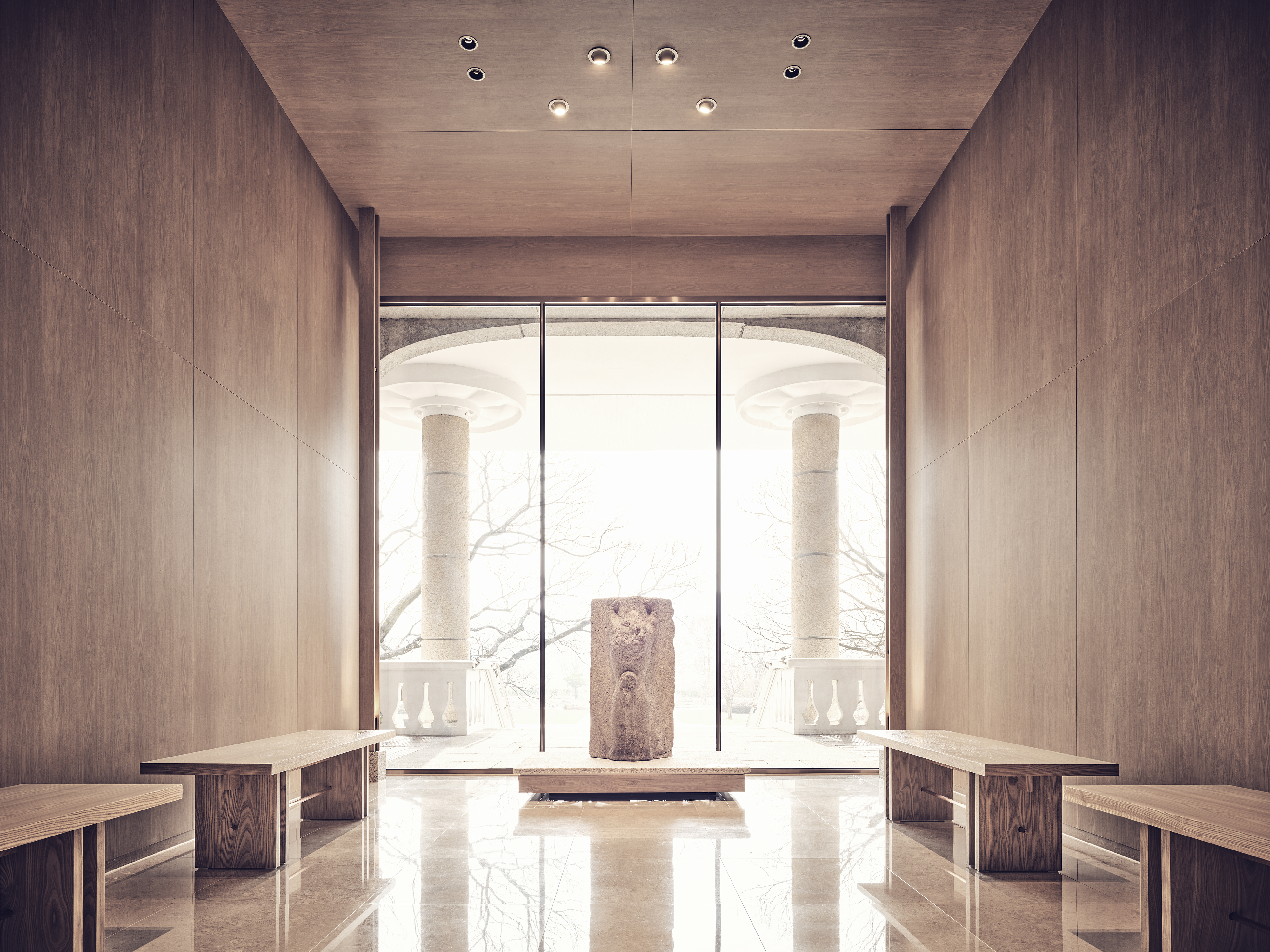
Teo Yang Studio has given the lobby and gallery at the Gyeongju National Museum’s Silla History wing a thorough refresh, mixing its own contemporary aesthetic and minimalist architecture with notes from the country's rich heritage. Drawing on Korean culture, the design team worked on interpreting historical elements for the 21st century in a space that feels sophisticated, serene and welcoming.
‘The design of the Silla History Gallery lobby aims to prove that the age-old artifacts kept in the museum can still inspire the contemporary design of the 21st century,' explains firm principle Teo Yang.

Following this concept, the geometric patterns of earthenware from the Silla Dynasty have been re-imagined as decorative wood elements for the lobby; and the dynasty's extravagant style and luxurious precious metal ornaments have inspired the bespoke bronze lighting elements and ceiling mirrors the studio created.
As with all Teo Yang's work, a minimalist approach that favours perfection of detail and craft dominates. This elevates even the smallest fitting to a museum-quality piece. A sense of calmness and spatial symmetry were equally important and underpin the design solution.
The lobby, specifically, ‘was designed to express three main messages,' say the architects. Firstly, it functions as a space that prioritises emotional connection; then, it provides rest within an area that promotes health and is surrounded by art; and lastly, it offers a new way of viewing the centuries-old artifacts on display.
Carefully placed furniture throughout ensures visitors can take the time to enjoy the works on show at their own pace, in a peaceful but fascinating environment. ‘We hope that the Buddha statues placed at both ends of the space, together with the scenery of Gyeongju’s Namsan Mountain, will create a mesmerising experience,' says Teo Yang.
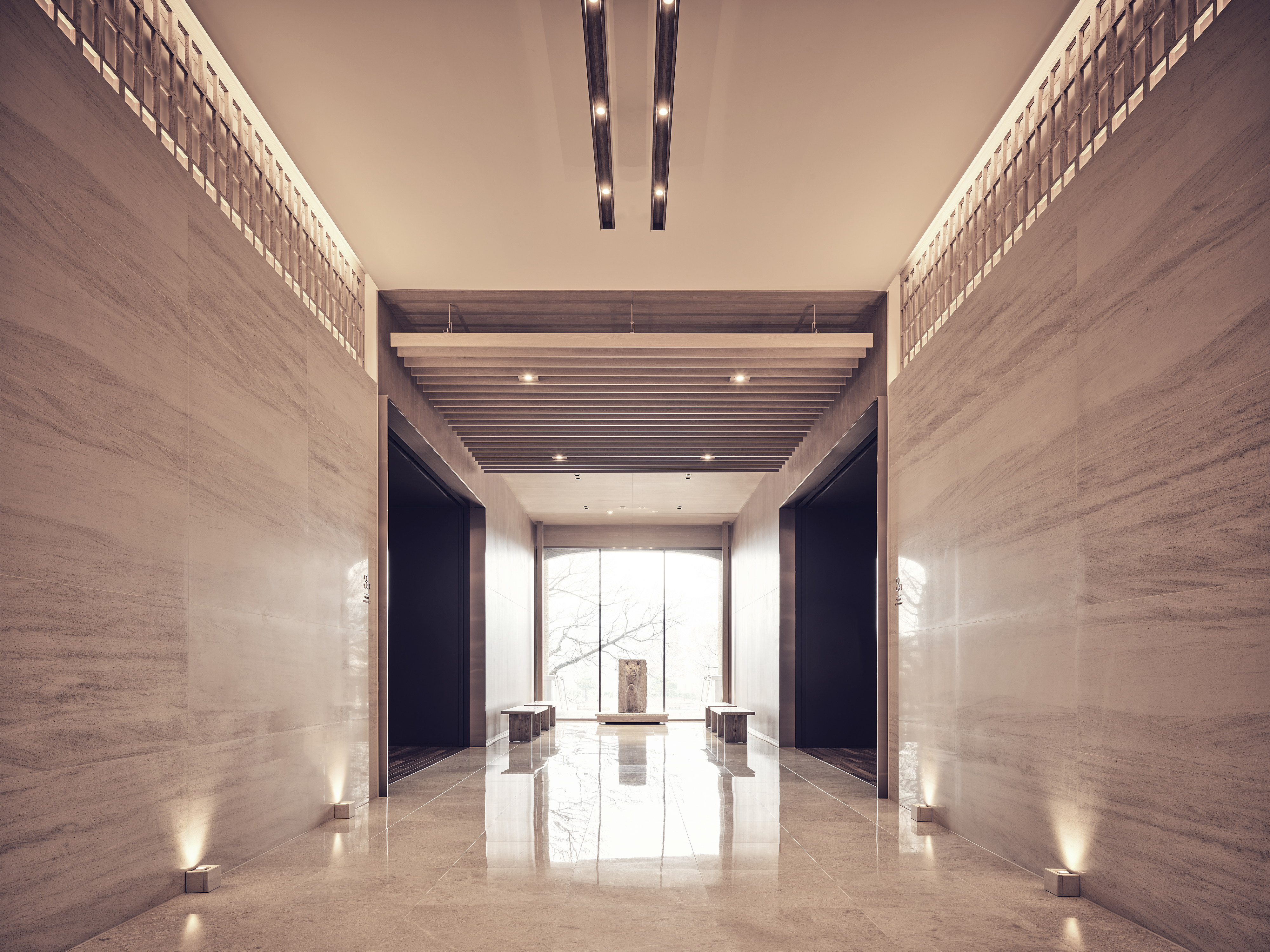


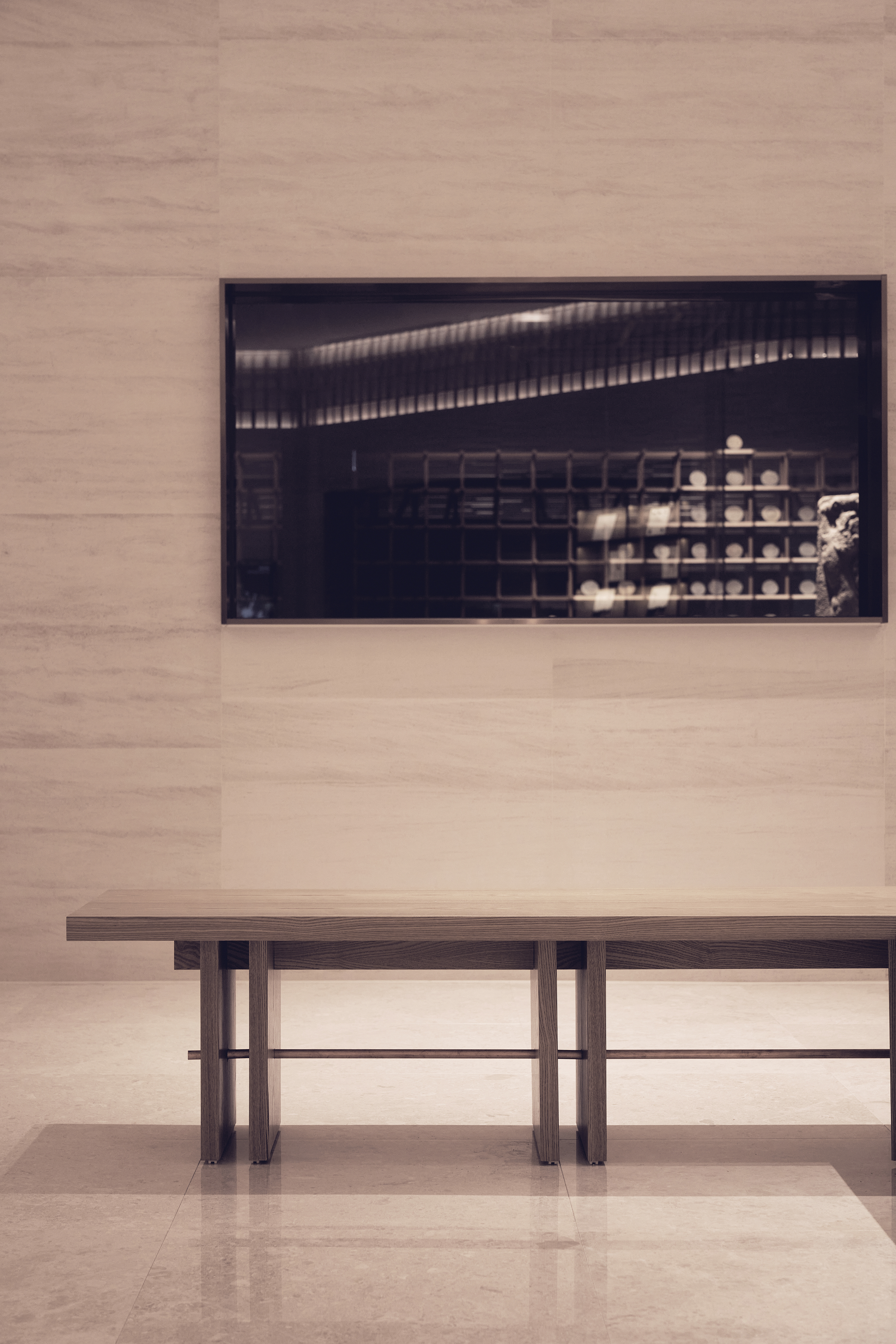
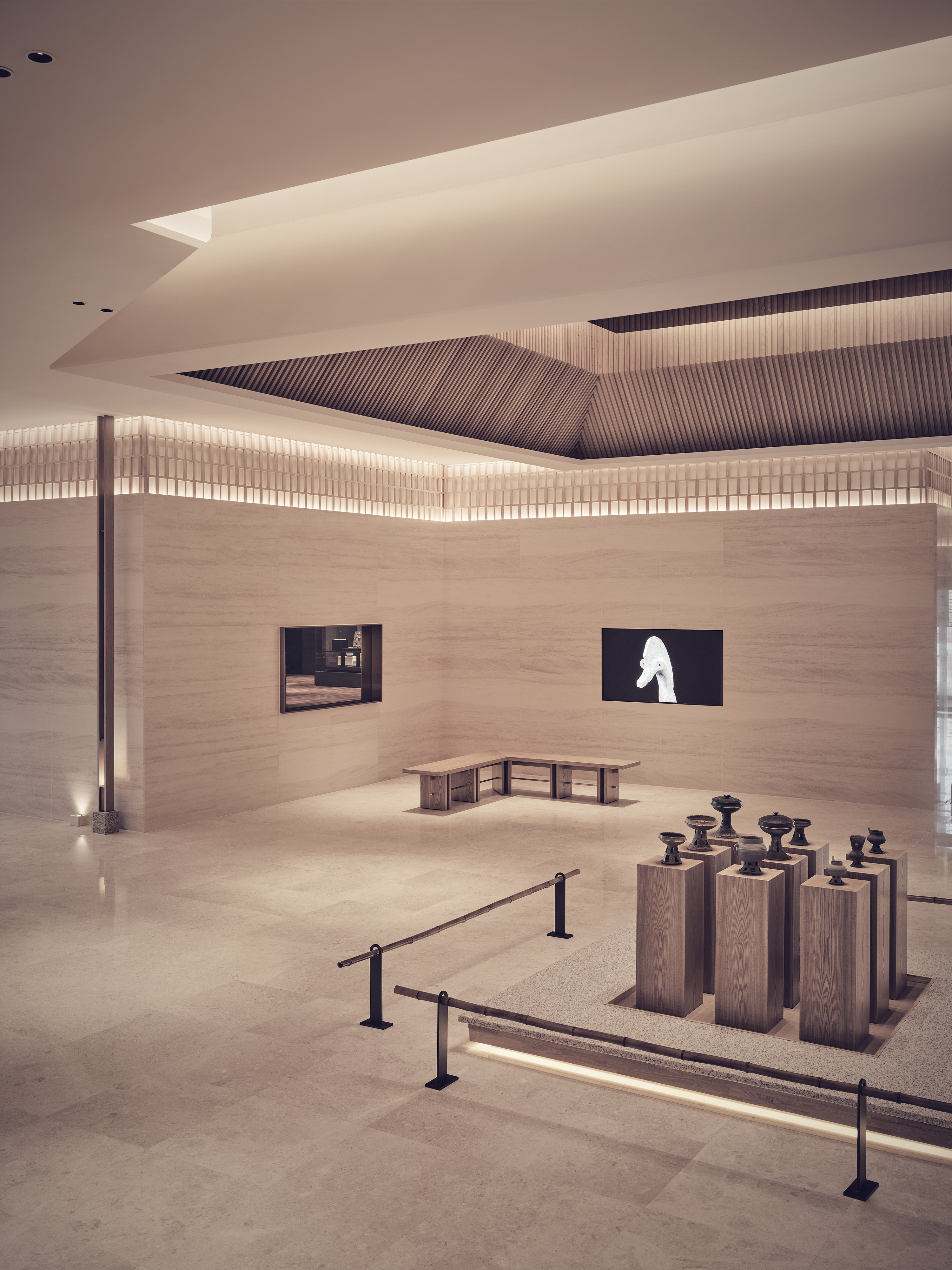
INFORMATION
Receive our daily digest of inspiration, escapism and design stories from around the world direct to your inbox.
Ellie Stathaki is the Architecture & Environment Director at Wallpaper*. She trained as an architect at the Aristotle University of Thessaloniki in Greece and studied architectural history at the Bartlett in London. Now an established journalist, she has been a member of the Wallpaper* team since 2006, visiting buildings across the globe and interviewing leading architects such as Tadao Ando and Rem Koolhaas. Ellie has also taken part in judging panels, moderated events, curated shows and contributed in books, such as The Contemporary House (Thames & Hudson, 2018), Glenn Sestig Architecture Diary (2020) and House London (2022).
-
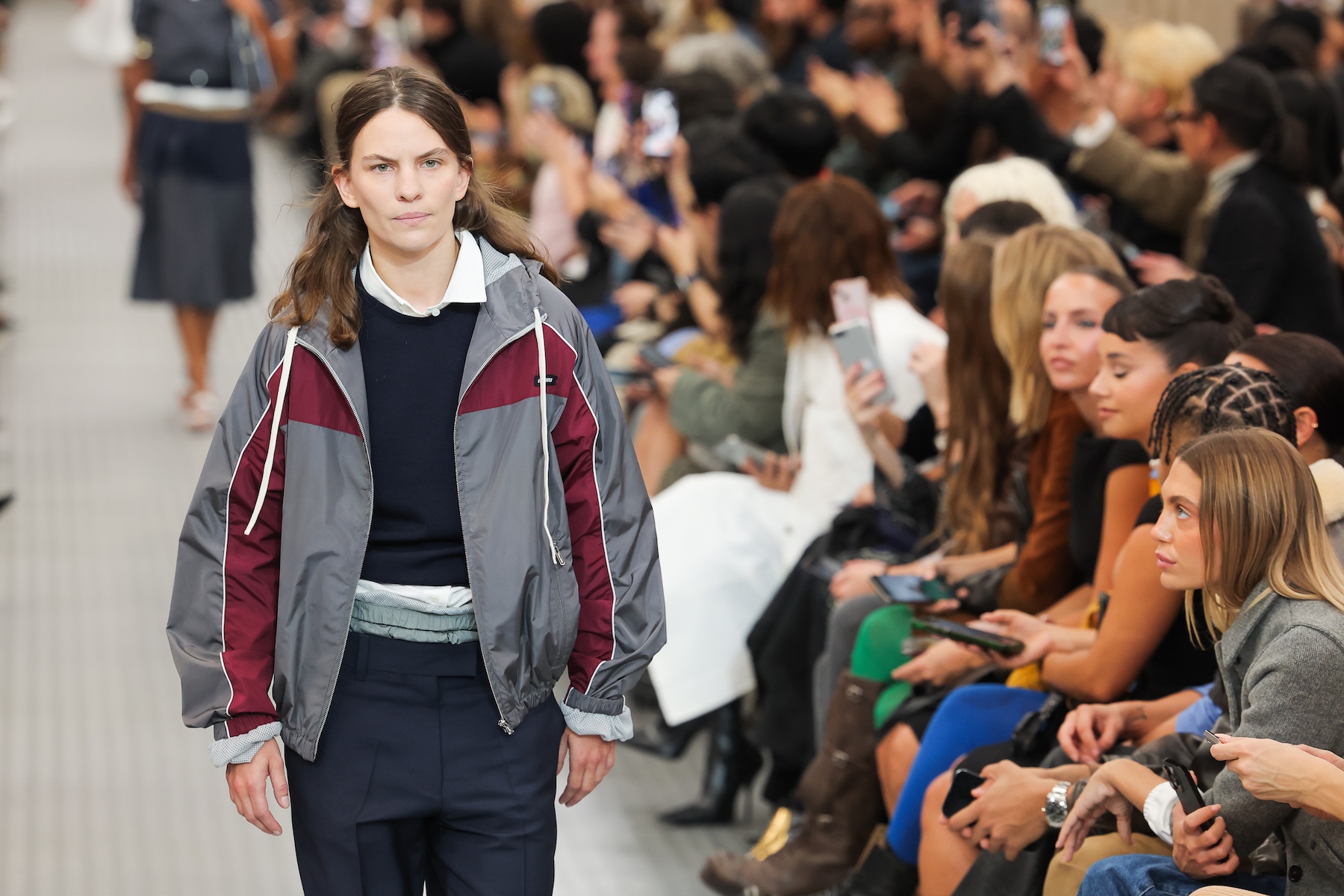 Ten of the best track jackets for channelling a 1970s-meets-1990s cool
Ten of the best track jackets for channelling a 1970s-meets-1990s coolAs a ‘Marty Supreme’ track jacket makes a bid for viral garment of 2025 – thanks to one Timothée Chalamet – the Wallpaper* style team selects ten of the best tracksuit and coach jackets for men and women, each encapsulating an easy, nostalgia-tinged elegance
-
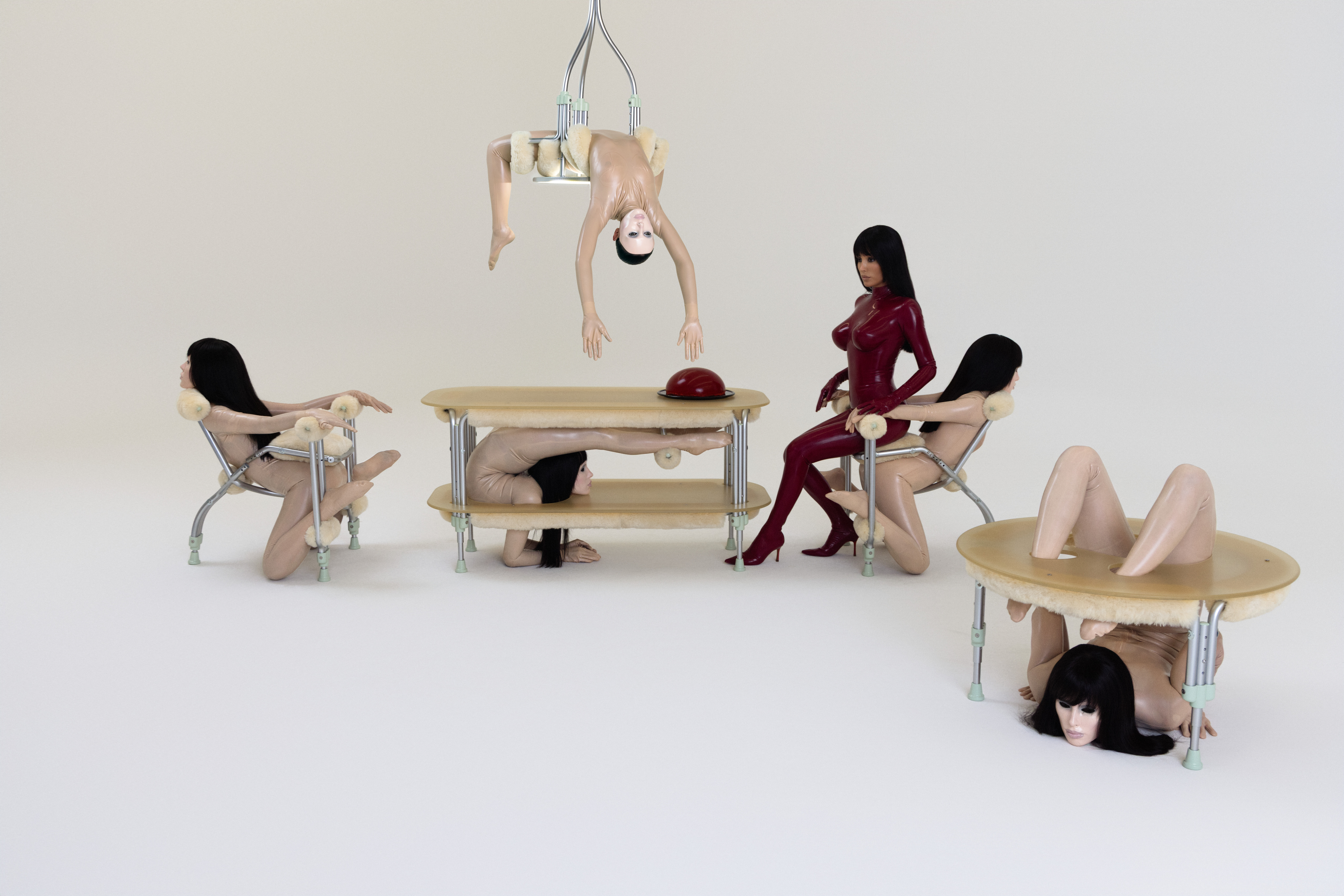 Eight questions for Bianca Censori, as she unveils her debut performance
Eight questions for Bianca Censori, as she unveils her debut performanceBianca Censori has presented her first exhibition and performance, BIO POP, in Seoul, South Korea
-
 How to elevate a rental with minimal interventions? Charu Gandhi has nailed it with her London home
How to elevate a rental with minimal interventions? Charu Gandhi has nailed it with her London homeFocus on key spaces, work with inherited details, and go big on colour and texture, says Gandhi, an interior designer set on beautifying her tired rental
-
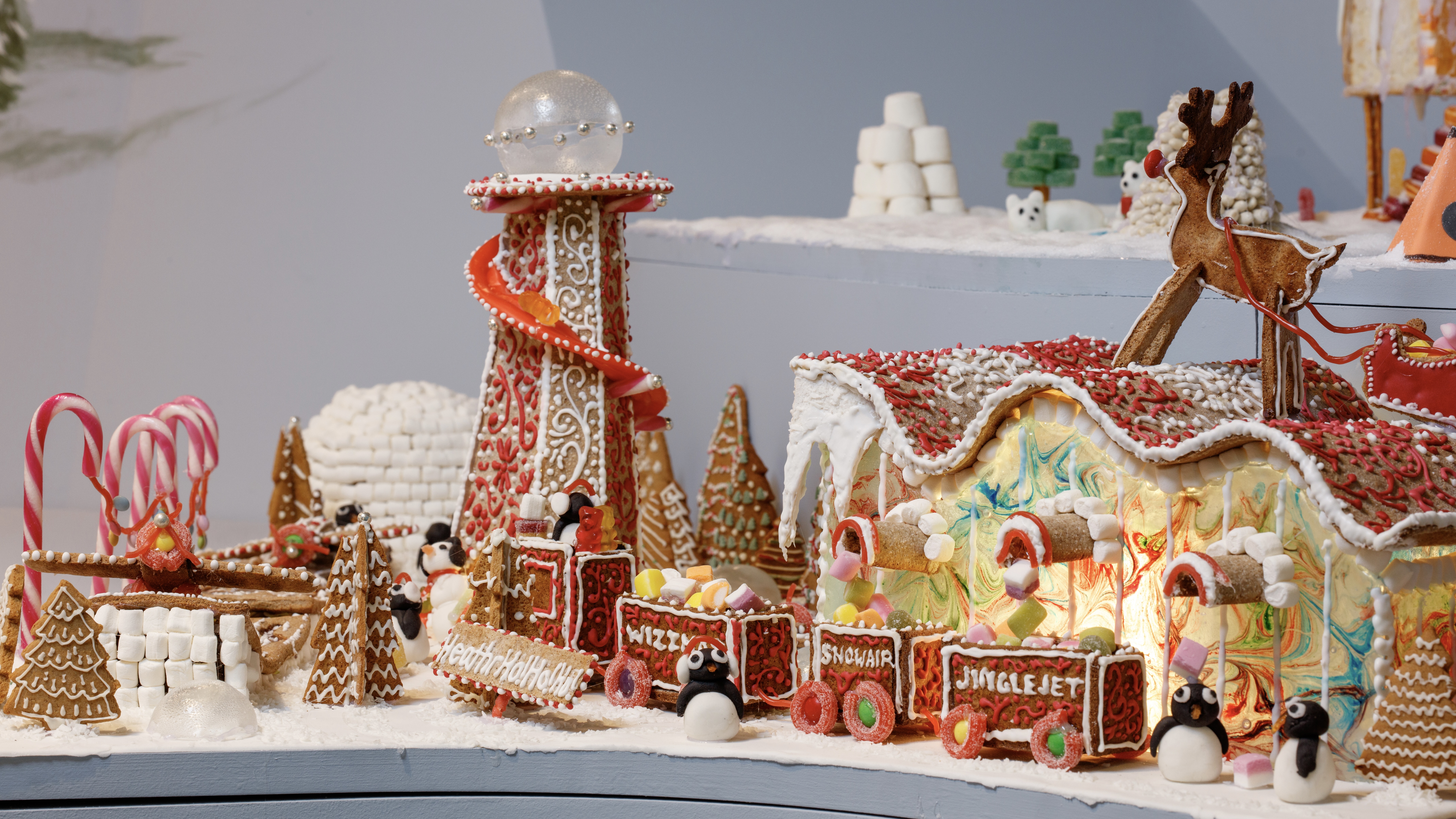 Welcome to The Gingerbread City – a baked metropolis exploring the idea of urban ‘play’
Welcome to The Gingerbread City – a baked metropolis exploring the idea of urban ‘play’The Museum of Architecture’s annual exhibition challenges professionals to construct an imaginary, interactive city entirely out of gingerbread
-
 In South Korea, a new Bangjja Yugi museum honours a centuries-old Korean tradition
In South Korea, a new Bangjja Yugi museum honours a centuries-old Korean traditionStudio Heech transforms a coal-mining warehouse into a glowing cultural hub celebrating Korea’s master bronzesmith Lee Bong-ju – and the ancient craft of bangjja yugi
-
 Thomas Heatherwick's 2025 Seoul architecture biennale calls for ‘radically more human’ buildings
Thomas Heatherwick's 2025 Seoul architecture biennale calls for ‘radically more human’ buildingsThe 2025 Seoul architecture biennale launches in the South Korean capital, curated by Thomas Heatherwick, who argues for creating buildings in tune with emotion, 'the thing that drives us'
-
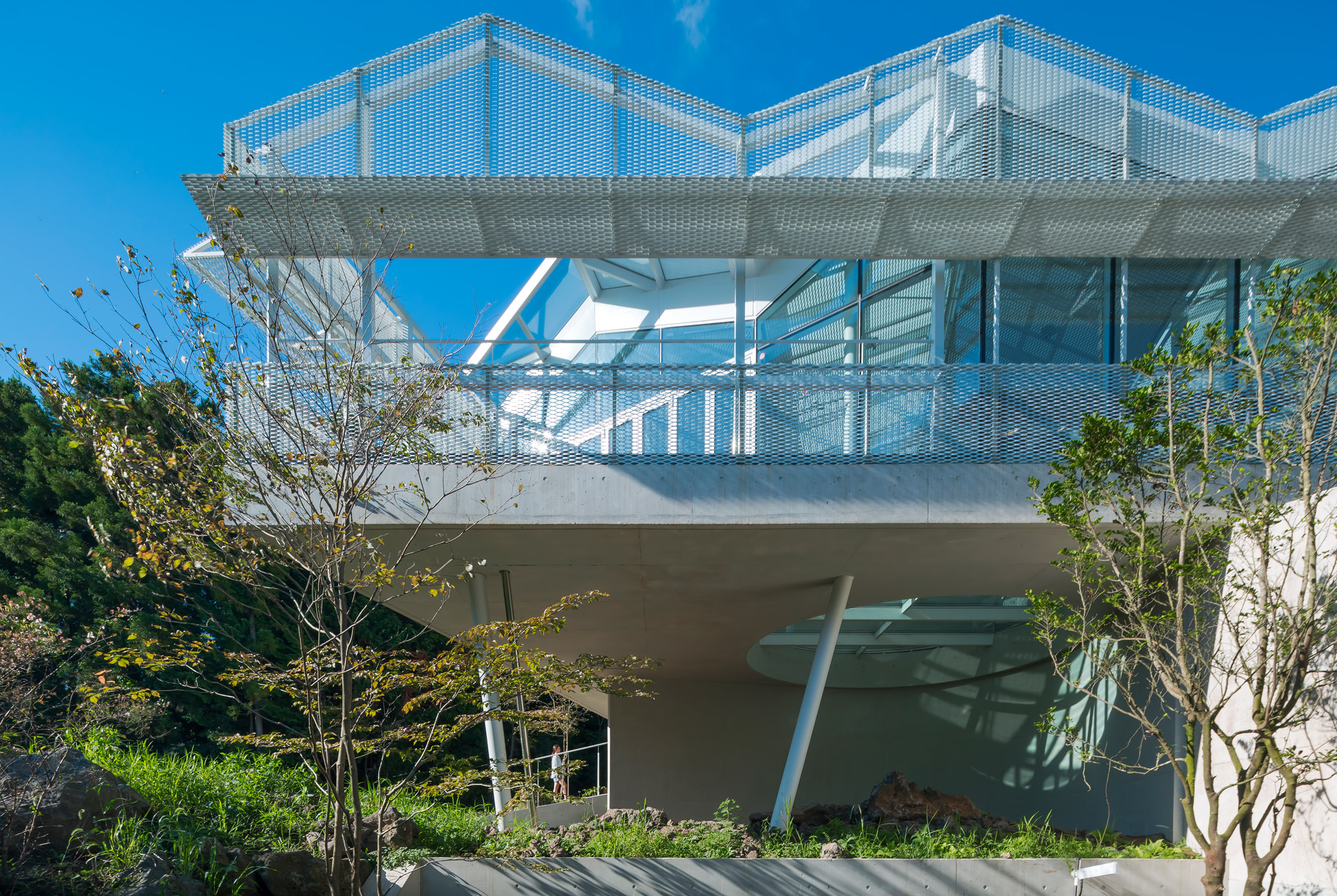 On Jeju Island, South Korea, a cabin stay with unobstructed views of forest and sky
On Jeju Island, South Korea, a cabin stay with unobstructed views of forest and skyEgattoc is a new hospitality complex by architect Byoung Cho, who wanted to create an experience where guests ‘can see the forest while they take a shower’
-
 You’ll soon be able to get a sneak peek inside Peter Zumthor’s LACMA expansion
You’ll soon be able to get a sneak peek inside Peter Zumthor’s LACMA expansionBut you’ll still have to wait another year for the grand opening
-
 Join our tour of Taikaka House, a slice of New Zealand in Seoul
Join our tour of Taikaka House, a slice of New Zealand in SeoulTaikaka House, meaning ‘heart-wood’ in Māori, is a fin-clad, art-filled sanctuary, designed by Nicholas Burns
-
 Wallpaper* Architects’ Directory 2024: meet the practices
Wallpaper* Architects’ Directory 2024: meet the practicesIn the Wallpaper* Architects Directory 2024, our latest guide to exciting, emerging practices from around the world, 20 young studios show off their projects and passion
-
 Studio Heech transforms a Seoul home, nodding to Pierre Chareau’s Maison De Verre
Studio Heech transforms a Seoul home, nodding to Pierre Chareau’s Maison De VerreYoung South Korean practice Studio Heech joins the Wallpaper* Architects’ Directory 2024, our annual round-up of exciting emerging architecture studios